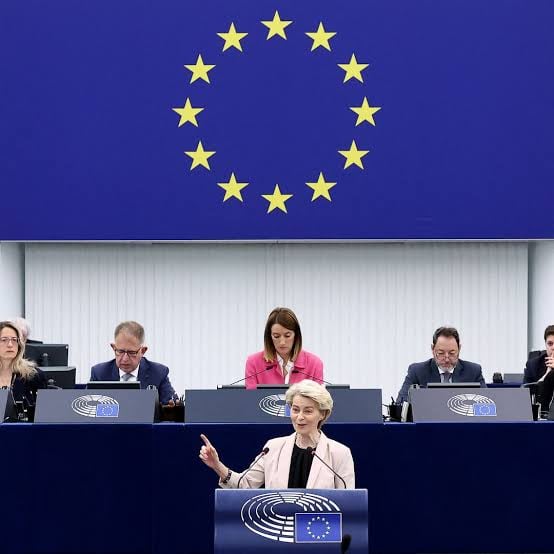Eurozone Inflation Edges Up to 2.2%, Putting ECB on Alert

Eurozone annual inflation rose to 2.2% in September from 2.0% in August, its highest reading since April, while month-on-month prices inched up 0.1%, matching August’s small advance.
Core inflation, which strips out food and energy, remains sticky at 2.3% for a fifth consecutive month, underlining persistent underlying pressures even as headline moves remain modest.
Services led the upswing with 3.2% annual growth (from 3.1%), food, alcohol and tobacco slowed to 3.0% (from 3.2%), non-energy industrial goods held at 0.8%, and energy inflation narrowed further to negative 0.4% after a 2.0% fall in August.
Country dispersion is wide: Estonia recorded the strongest annual rise at 5.2%, Croatia and Slovakia both at 4.6%, while Cyprus showed zero annual change and France a tame 1.1%. The data feed into the ECB’s cautious stance. The deposit rate remains at 2.00% and staff projections still point to inflation averaging about 2.1% in 2025, easing to 1.7% in 2026 before edging to 1.9% in 2027.
What Does This Mean for Me?
ECB officials have said they are comfortable with the current setting and do not have an urgent case to either tighten or cut policy.
Markets expect policymakers to hold rates at the next meeting on October 30. The euro rose to roughly $1.1750 amid a weaker dollar after the US funding impasse.
The inflation uptick reinforces the picture that price pressures are cooling only gradually, so the ECB is likely to err on the side of caution.
More News
.webp)
Japan’s Rate Shift Is Rippling Through Global Bond Markets

China’s Growth Engine Stalls as Consumers and Investors Pull Back

Egypt’s Recovery Gains Traction as Household Pressure Lingers

OECD Warns AI and Tariffs Will Test the Global Economy

Zero Tariffs, Higher Drug Bills as US and UK Reset Pharma Trade

Catastrophe Bonds Go Global as Climate Risk Meets Yield Hunting
.webp)
Canada Shields Steel and Lumber Industries From Tariffs
